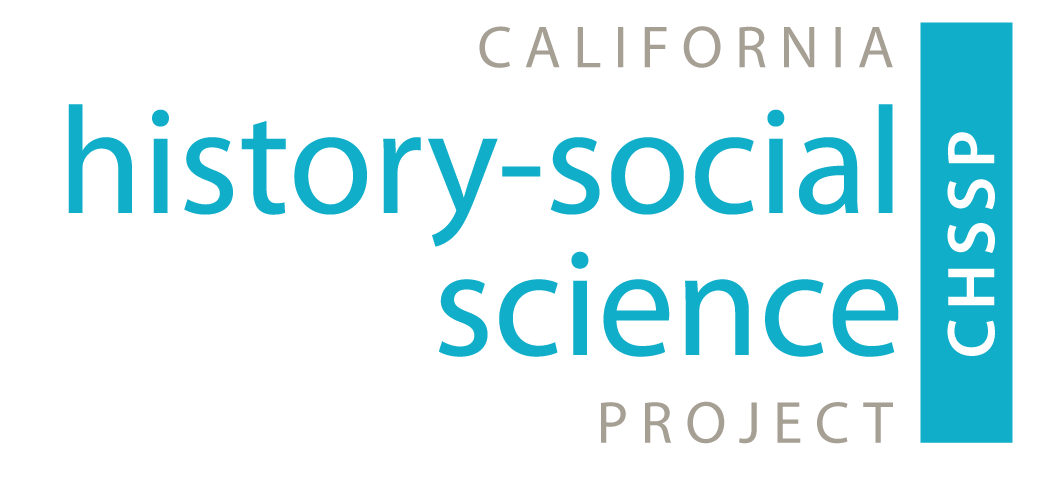Happy LGBTQ+ History Month! Not to be confused with Pride Month in June, LGBTQ+ History Month is celebrated each year in October and focuses specifically on the history and legacy of queer civil rights movements. It was first founded by Rodney Wilson, a gay public school teacher in Missouri, in 1994. October was chosen as LGBTQ+ History Month because it coincided with National Coming Out Day (October 11) and the 1979 and 1987 marches on Washington for LGBTQ rights. LGBTQ+ History Month is a celebration of the work of queer activists who came before and those who are continuing to fight for LGBTQ equality worldwide.
In 2011, California became the first state to require that LGBTQ+ history be taught in K-12 schools with the passage of the FAIR Education Act. Professor Don Romesburg was a key actor in the movement to pass the FAIR Act, a story he details in his new book, Contested Curriculum: LGBTQ History Goes to School.
To learn more about Professor Romesburg’s new book and hear him discuss the significance of teaching LGBTQ+ history in today’s political climate, join us on October 23 at 4pm for a special LGBTQ History Month Workshop. Click here to register!
CHSSP Resource Spotlights
Celebrating Pride (June 2025): This past Pride Month, we curated an excellent list of resources on teaching queer history, including ready-made lesson plans, podcasts for educators, and more.
Check out Professor Wendy Rouse’s blog, Lessons from LGBTQ+ History, on what we can learn from studying and teaching queer history during this time of federal oppression of LGBTQ rights.
LGBTQ+ History (2024): This Resource Spotlight includes an extensive list of CHSSP inquiry sets and lesson plans on LGBTQ+ history, as well as picture book and historical scholarship recommendations.
And take a look through our collection, LGBTQ+ History Through Primary Sources, which features queer history lessons and primary sources that span the entirety of American history.
Pride Month (2023): This collection of resources, curated for Pride 2023, includes LGBTQ+ history book recommendations and picture book selections for #KatesBookClub.
Teach FAIR (2022): This Monthly Highlights blog focuses on teaching the FAIR Act and highlights resources from across the CHSSP network. Check out our Ethnic Studies inquiry set on political activism in queer communities.
#KatesBookClub Reads:
Edie for Equality: Edie Windsor Stands Up for Love written by Michael Genhart, illustrated by Cheryl Thuesday. Story of Edie Windsor and how she bravely stood up for what was right. After the federal government refused to acknowledge Edie’s loving relationship with Thea Spyer, her spouse of over forty years, Edie boldly sued the US government. Comprehensive picture book that highlights United States v. Windsor, and the actions of one woman to prove to the Supreme Court and the world that love is love and equal means equal.
I Love You Because I Love You written by Muon Thi Van, illustrated by Jessica Love. Simple text that could be read aloud by one or two people, the book highlights that love is a dialogue, complex, and ultimately simple. Younger students especially will enjoy the illustrations that show many different examples of love.
Family is Family written by Melissa Marr, illustrated by Marcos Almada Rivero. Sweet story about Little Chick who is on his way to his first day of school. Along the way, Little Chick notices that not all families are the same. Some have a mom and a dad. Others have brothers and sisters. Little Chick has two moms - no brothers, sisters, or a dad. Initially confused, his moms have but one thing to say, “Family is family.” Great book for any family, but especially LBGTQ+ families.
Tio & Tio: The Ring Bearers written by Dr. Wellington Garcia-Mathews and Ross Mathews, illustrated by Tommy Doyle. (Latinx Heritage Month Pick!) Evan and Andy are excited to travel to Mexico for a family wedding where they will be the ring bearers at the ceremony. Their parents are thrilled that the boys will have the opportunity to experience the culture, practice their Spanish, and learn about the responsibility of being ring bearers. The brothers are more interested in playing soccer, swimming, and eating delicious food. The boys ultimately take their roles on the special day more seriously when they observe the love and happiness shared between their uncles. Simply delightful read with many Spanish words incorporated into the text.
Popo the Xolo written by Paloma Angelina Lopez, illustrated by Abraham Matias. (Latinx Heritage Month Pick!) Wow, just wow. This book tells the story of a family’s beloved Nana who transitions from life to death with her small dog named Popo guiding her through the nine levels of Mictlan, the Indigenous Mexican steps of traveling from life to death. Beautifully illustrated with cut paper and digital media, this emotional read of a difficult topic is both sweet and sad. The back matter is essential (pre-reading recommended) as it explains the scenes in the story and provides definitions of the Spanish words and phrases used through the text.

